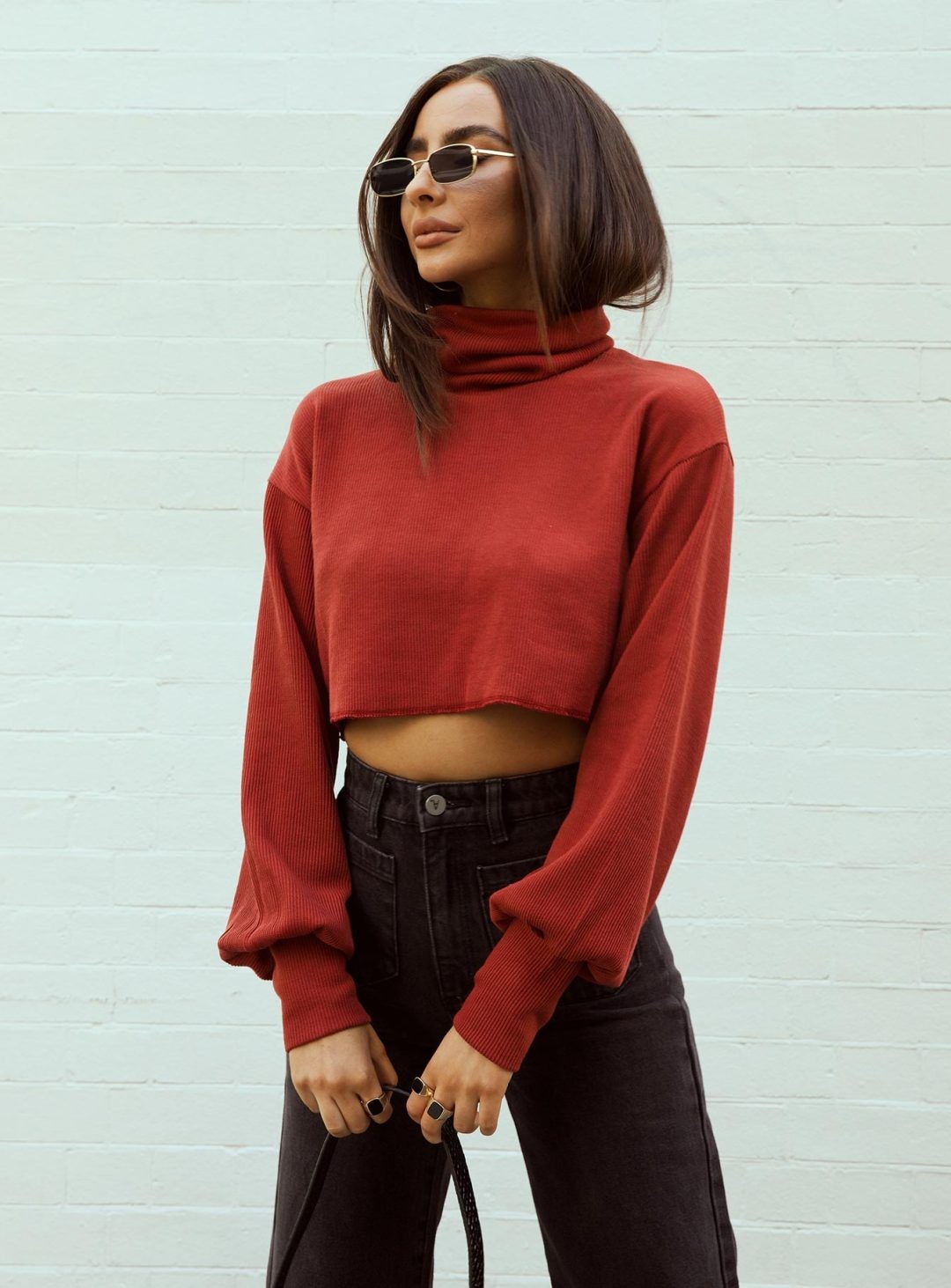Phulkari Sarees – These Modern Designs Gives You Fashionable Look
It is no surprise to see Phulkari sarees gaining its traction in the state of Punjab, India, with all its traditional looks. It is a dream for every Punjabi girl out there to try and wear out Phulkari sarees. The mix of the essence of the style of Punjab, combined with the use of the designs and embroideries in the best way possible, makes the sarees very fashionable and needful. Phulkari sarees have also been made its way into the folklore of Punjab as well, with the stories of Heer and Ranjha.
The concept of phulkari sarees was brought into India by the Jat people of central Asia, during the Indian ancient times. Thus the style was not only used by Sikhs but also Hindus and Muslims too.
Phulkari Sarees Importance:
Phulkari sarees are mainly worn by brides during a wedding season, as this type of saree is the go-to choice for most brides. Mostly vibrant colors are worn, like bright reds, oranges, and blues as well. But, you can also wear these phulkari sarees for daily wear as well, as you can easily find phulkari sarees with sober colors too, which looks very simple yet very stylish. With phulkari designs, you are not only limited to wearing sarees but also Kurtis, dupattas, etc.
Phulkari Saree Features:
- The main feature of phulkari saree is the use of various types of embroidery on the saree body. This included the stitching of threads in such a way that it will create various kinds of thread work, be it horizontally, vertically or diagonally.
- The technique made the saree look unique and great when worn by women. It showed the regular and routine life of a Punjabi woman. With the help of phulkari designs, normal sarees will look exquisite and pleasing on the eyes.
Which Fabrics are Used for Phulkari Sarees?
The fabric that is used for the manufacture of phulkari sarees is just homespun khaddar, along with the addition of embroideries which is obtained from the darn stitch. The weaving was mostly done by the Punjabi women, who after finishing their household chores started with their undisturbed weave work. The stitching that is done on the sarees has a silky feeling due to the thread that is being used, which took design cues from anything around them, including the surrounding scenic beauty.





















